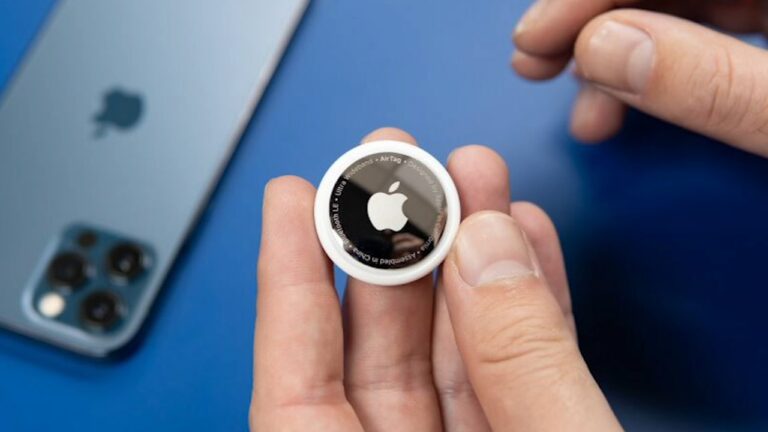A team from the University of Washington has researched the pocket of seawater and found marine bacteria. These microbes could have been trapped for as long as 50,000 years.
The researchers are interested in these pockets because they could provide clues as to how life could be sustained in extremem conditions. This particluar pocket of seawater is extremely salty, cold, and has no light exposure, yet life has thrived.
The salt concentration is so high that in canned goods microbes wouldn’t be able “do anything,” according to marine microbiologist Jody Deming.
These pockets of seawater, called cryopegs, have been studied in both Alaska and Siberia. In order to study these areas researchers must travel through ice tunnels and be careful to sterilize their equipment so they won’t introduce new microbes to the environment.
Cryopegs are formed when oceans recede and the waters above freeze over. If these pockets of seawater are able to form on Earth it is thought they could have also formed on other planets and their moons. For example, Mars is speculated to have once had an ocean and Saturn’s moon Titan is made of ice and rock.


